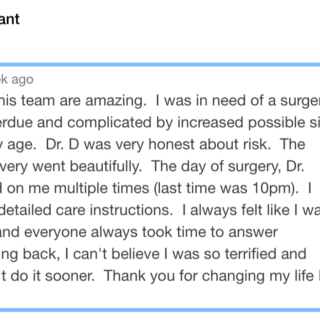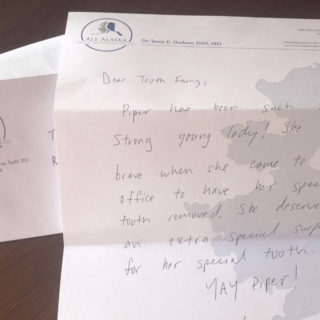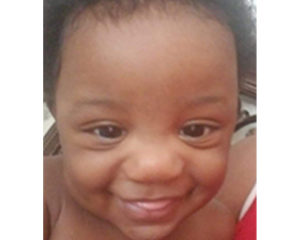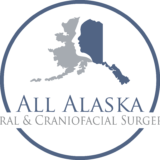Overview: Children born with hypertelorism have eyes that are spaced more widely normal due to incomplete rotation of the orbits toward the facial midline during fetal development. Although hypertelorsim can be found in isolation, it is most often found in conditions such as syndromic craniosynostosis, encephalocele, midline facial clefting, frontonasal dysplasia and others.
Symptoms: Excessively wide-set eyes, typically described as the space between the eyes being wider than the space from the corners of one eye.
Diagnosis: The mainstay of hypertelorism diagnosis is clinical evaluation of the eyes and face by pediatric craniofacial and ophthalmology specialists along with imaging studies including CT scan and MRI.
Treatment: Clinically significant hypertelorism can be addressed surgically by pediatric craniofacial and neurosurgical specialists. Most commonly, hypertelorism correction is completed through an incision from ear to ear, through the scalp, allowing the neurosurgeon the access and protect the frontal portion of the brain while the craniofacial surgeon removes excess bone between the orbits and repositions the eyes in a normalized conformation toward the facial midline (box osteotomies). Corrective surgery can be employed to address isolated hypertelorism, as noted above, by only moving the eyes, or it can be expanded to address concomitant midfacial clefting or shortened midface by moving the entire midface, upper teeth, eyes and forehead toward the midline (facial bipartition). Hypertelorism correction is generally completed after 5 years of age to allow for adequate orbital and dental development prior to disruption of structures in these areas. Some children with additional eye conditions, such as strabismus, tear duct drainage compromise or eyelid abnormalities, will require earlier hypertelorism correction. Following surgery, the child will require long term follow up with craniofacial and ophthalmology specialists to assure that eye function is normal. As time passes, the child may require subsequent procedures to address associated concerns.



